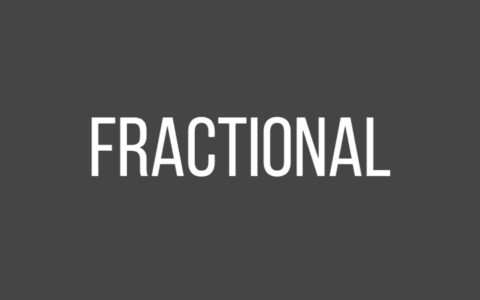Latest posts by Toby @ Punter2Pro (see all)
- Tote Pool | What Is Tote Betting? How Do Pool Bets Work? - December 23, 2025
- Bookmakers With The Most Sports & Markets | Bookie Depth - December 23, 2025
- Golf Betting Guide | How To Bet On Golf In 2025 - December 23, 2025








